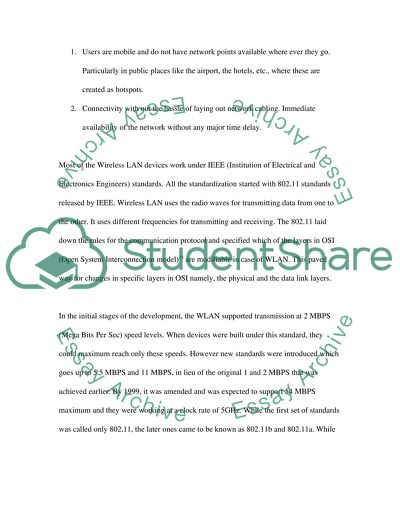Cite this document
(“Wireless LAN Technology and its construction Essay”, n.d.)
Retrieved from https://studentshare.org/miscellaneous/1499180-wireless-lan-technology-and-its-construction
Retrieved from https://studentshare.org/miscellaneous/1499180-wireless-lan-technology-and-its-construction
(Wireless LAN Technology and Its Construction Essay)
https://studentshare.org/miscellaneous/1499180-wireless-lan-technology-and-its-construction.
https://studentshare.org/miscellaneous/1499180-wireless-lan-technology-and-its-construction.
“Wireless LAN Technology and Its Construction Essay”, n.d. https://studentshare.org/miscellaneous/1499180-wireless-lan-technology-and-its-construction.


